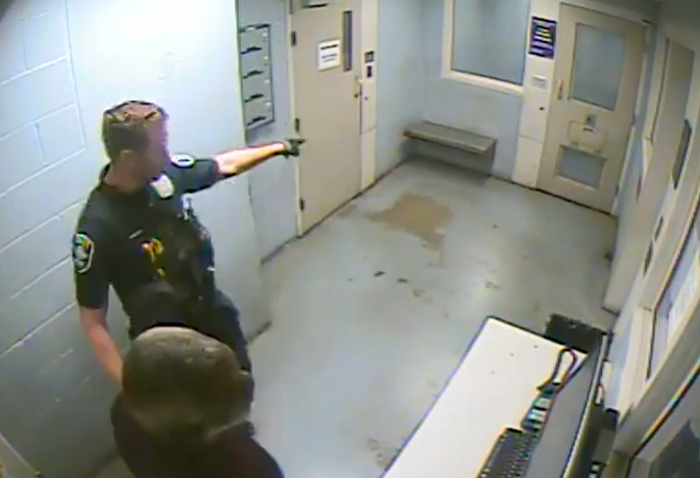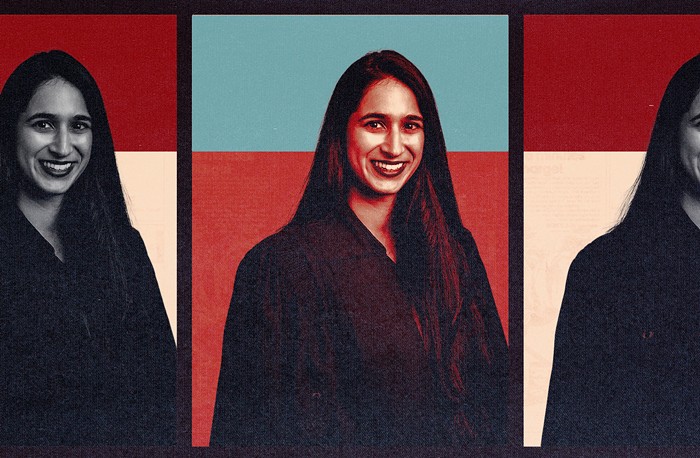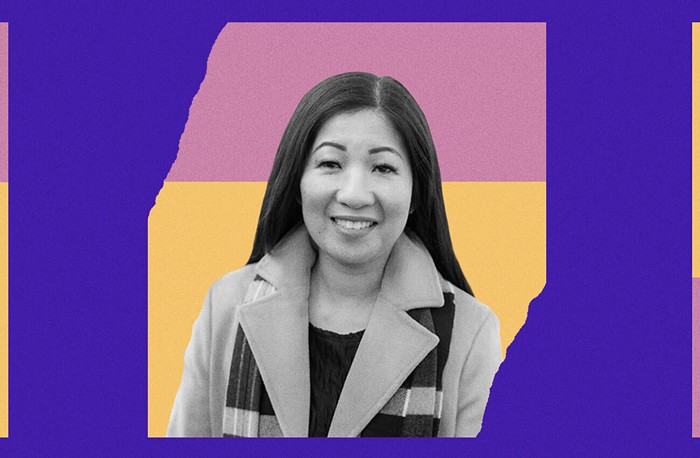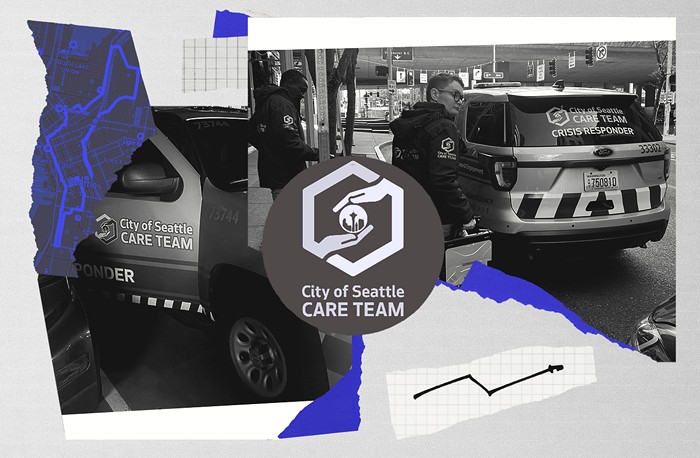As the structural manifestation of a city that aspires to be the "greenest" in the country, Seattle's City Hall is replete with "eco-conscious" features. Heavy glazing and sunscreens keep out hot afternoon sun, and glass "sun catchers" reflect early-morning and evening light into offices, reducing the need for artificial light. The toilets use recycled rain- water from the green roof, which also reduces runoff and helps insulate the building. City Hall's green features were enough to earn it a coveted Leadership in Energy and Environmental Design (LEED) Gold designation—a fact attested to by a prominent plaque on the front face of the building.
But ever since City Hall opened in 2005, problems with the "green" features have kept cropping up. From air conditioners that freeze some offices while leaving others broiling (at least one City Hall staffer is known to keep an energy-sucking space heater under his desk), to the emergence of invasive weeds on the green roof, City Hall's eco-experiment has been only a qualified success. The latest revelation: Rooftop solar panels that helped the building win its LEED certification were never hooked up—in fact, they were never even purchased. Instead, the building was wired for eventual installment of the panels, but when city council member Tom Rasmussen asked several years ago whether they could be installed yet, he says council staff told him the panels would be "too expensive"—around $250,000, a major hit in a time of constricted budgets.
A spokeswoman for the city's Fleets and Facilities Department, Katherine Schubert-Knapp, says the solar panels were only ever intended as a "demonstration project" that would only produce enough power "to run a clock." But Sergei Bischak, an architect with City Hall designer Bohlin Cywinski Jackson, says there are "wiring pathways" to install a number of photovoltaic cells, and adds that the decision to eliminate the panels was "the result of budget cuts." The firm's website still cites solar panels among the building's green features.
Rasmussen says there are "a lot of problems with City Hall that could have been anticipated." In addition to the appearance of invasive species such as Scotch broom and blackberries on the roof—interlopers that are not only unsightly but that could clog the building's filtration system, allowing mold and mildew to grow—Rasmussen cites the waterless urinals, which continued to produce an oft-cited "splash effect" even after their heights were adjusted. (A memo announcing the fix went to all the male council members and staff last year.) City Hall has just one small bank of publicly accessible bike racks; the largest set of bike racks is inside a parking garage mostly used by city staff. And the (electric-pump-powered) "water feature," an attractive fountain that cascades down limestone steps and into a reflecting pool on Fourth Avenue, has been plagued by problems.
The problems aren't exclusive to the "green" features, of course. Rather, they seem to be part of a pattern of problems with the construction and design—a pattern Seattle Times reporter Jim Brunner documented back in 2005. Among the non-"green"-related issues: thermostats that are placed, perversely, in every other council office, allowing council members and staff with climate-control privileges to lord it over (or at least inadvertently freeze or broil) people in offices without access to a thermostat; and toilets that flush with "an incredible power," according to Rasmussen, who says, "I flush the toilet and run." At a time when the mayor's office is sending out press releases touting Seattle as the "number one green building city in the country," it would be nice if our showcase green building actually functioned as planned. ![]()


















